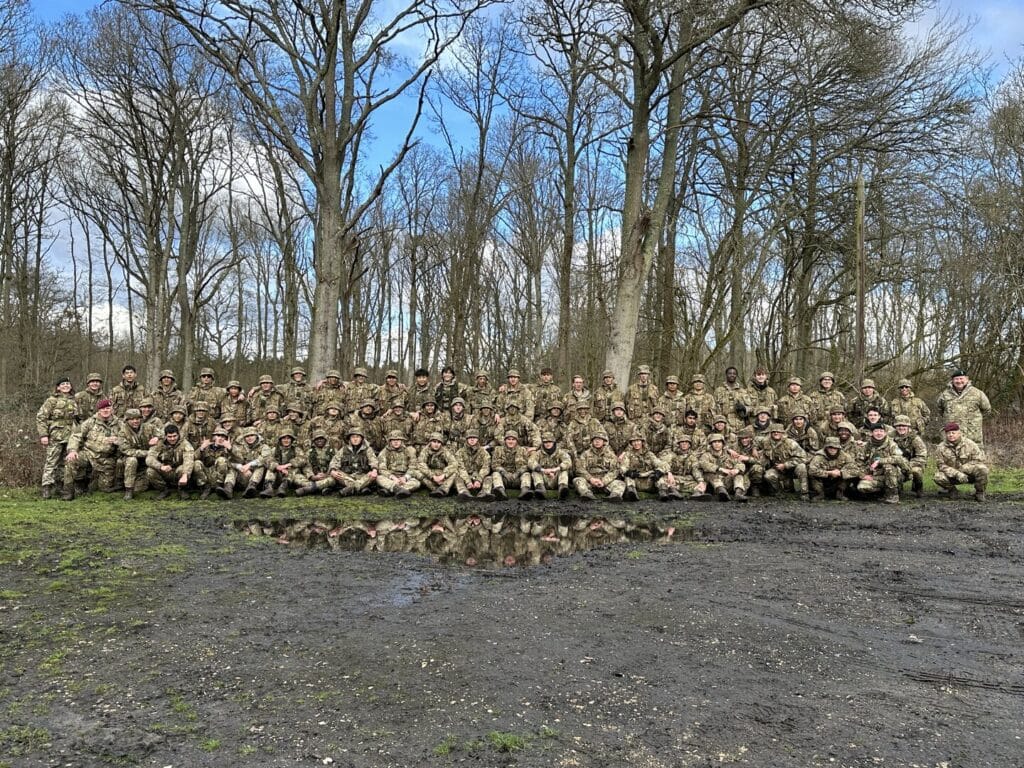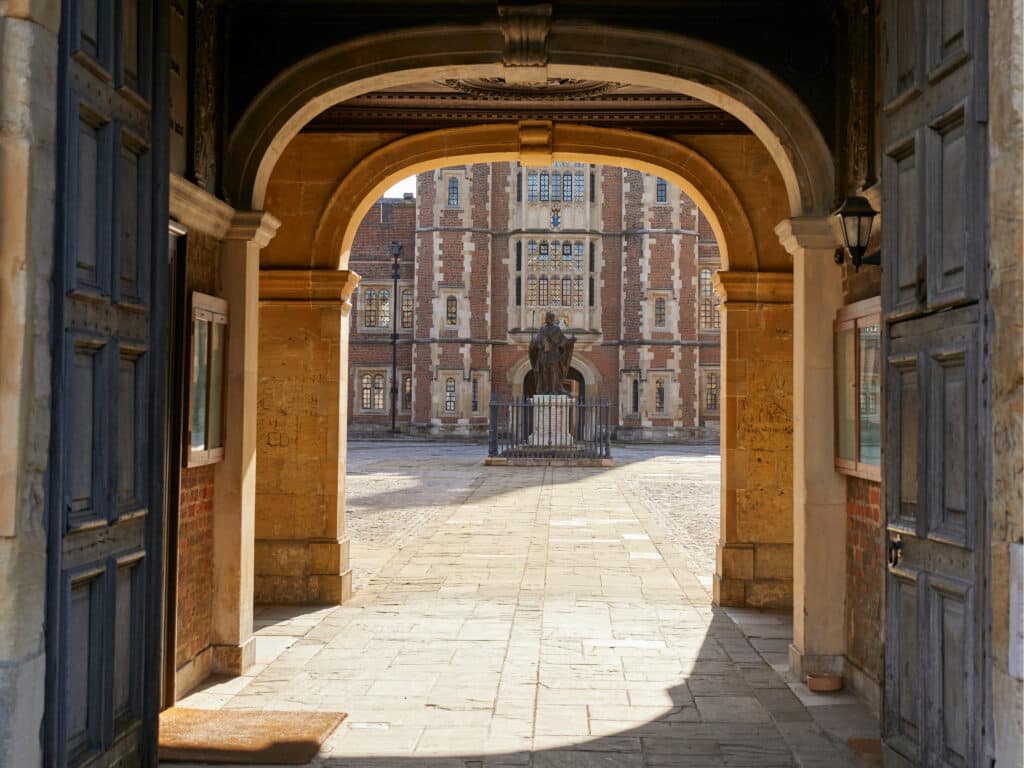What is fencing?
Fencing is often perceived as a niche pass-time, but it is one of only five sports to have featured in all modern Olympic Games (from 1896-2016). Essentially, fencing involves trying to score points by hitting your opponent with a ‘sword’. There are three different types of modern fencing: épée, sabre and foil. Traditionally, there has been a fourth discipline: single stick, but this has not featured since the 1904 Olympics! The foil is the lightest of the three weapons and the ‘register’ (which measures when contact has been made and points scored) is placed on the end of the sword. In foil, it is only the chest area that may be legitimately targeted. The épée is similar to the foil, but is longer and has a larger guard (the area held by the hand). Moreover, the entire body can be targeted in épée, and the weapon itself is substantially heavier (up to 775 grams). Finally there is sabre, the most distinctive of the weapons. Although it has the same maximum weight limit as the foil (500 grams), it is conversely a cutting and thrusting weapon. Anything above the waist (apart from the fencing hand) is perceived as fair game.
Fencing is an expanding sport, particularly in South-East Asia, with the International Fencing Federation has affiliated offices in 153 different states. Moreover, at the most recent Rio Olympics in 2016, 212 different fencers competed from 47 different teams.
Historically the sport has been dominated by Italy and France, the two states from which fencing essentially originated, who share a combined 243 world medals between them. Other Eastern European states, including Hungary and Russia have also traditionally done well.
Great Britain unfortunately languishes 18th on the medal table, with only 9 medals, and none since Bill Hoskyns in 1964. Indeed, whilst Richard Kruse finished a very admirable fourth in foil in 2016, losing in his bronze medal match to Russia, British fencing has since had its national funding withdrawn ahead of Tokyo this year.
What fencing opportunities does Eton offer?
At Eton, fencing is treated is a minor sport, which many F Blockers (Year 9 boys) will have the chance to experience during the F Block minor sports programme. Whilst there is a team for experienced fencers (who generally tend to have fenced before Eton) there is also a ‘novice’ team which allows any boy interested in the sport to compete for the school. There are also internal inter-house competitions, which often provoke fierce rivalries! The school itself has its own fencing salle with four pistes (playing areas). There is a dedicated fencing coach and boys are annually appointed as Keepers of Fencing, who organise additional practices for those perfecting their craft. Eton competes regularly against other schools as well as in inter-school competitions. Indeed, we were proud of our performance in the 2019 competition!
What are the attractions of fencing at Eton?
In F Block at Eton, boys have the chance to engage in a variety of minor sports including table tennis, squash, rackets, sailing, badminton and many more. This includes fencing. As a sport, fencing is much faster-paced than any other sport Eton can offer, with game times mandated as being no longer than 9 minutes. It is a one-on-one sport in which both participants are constantly active, looking to score points against the other. As a sport with three uniquely different disciplines, all of which are offered at Eton, boys have the opportunity to try a variety of styles and weapons. Supported by a dedicated fencing coach boys are also able to constantly improve their game. Finally, boys have the opportunity to play fencing competitively regardless of their level at Eton, both through the novice team and the inter-house competitions.
To learn more about this fast-paced and exciting sport, I suggest visiting the following links:



